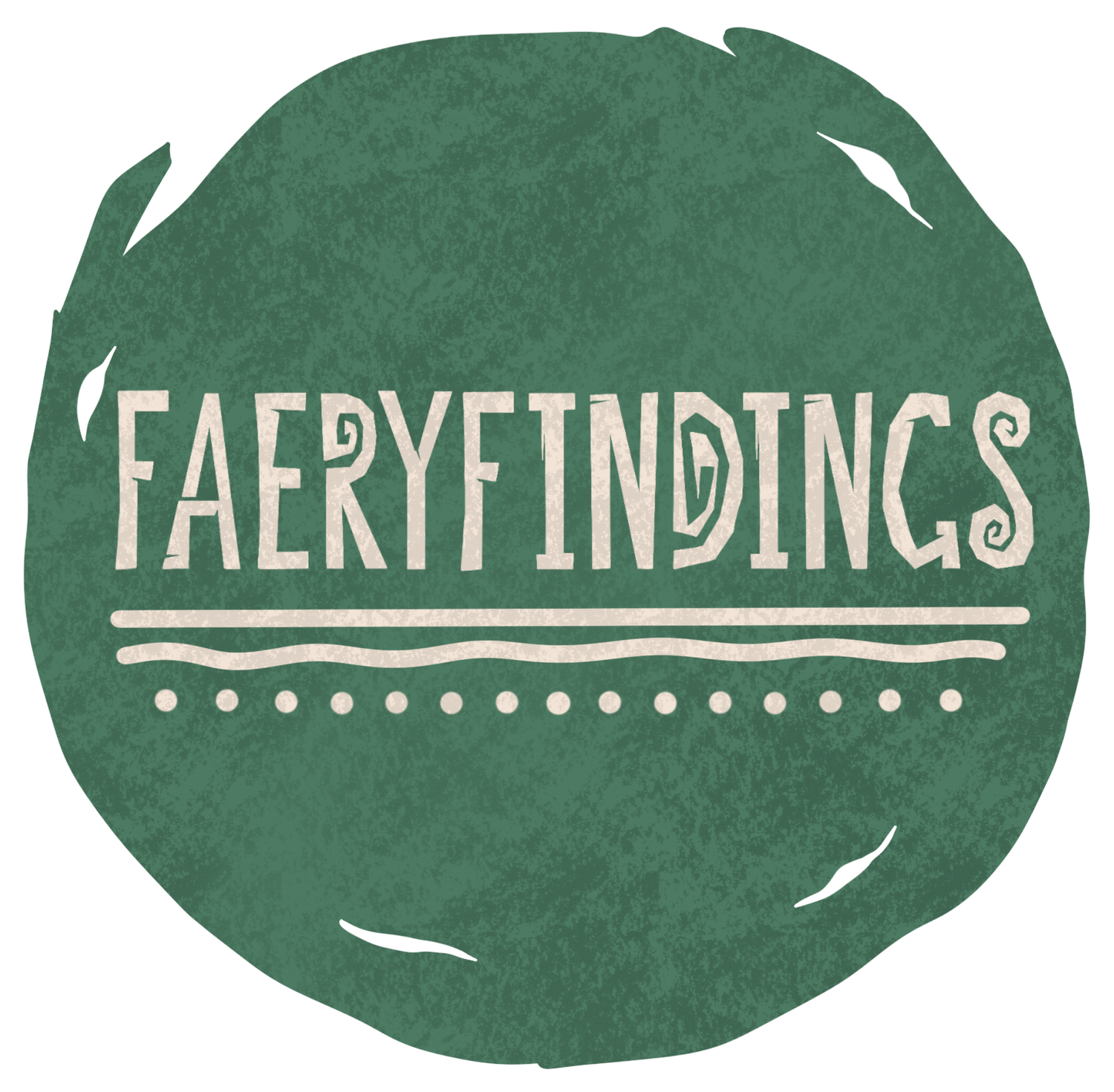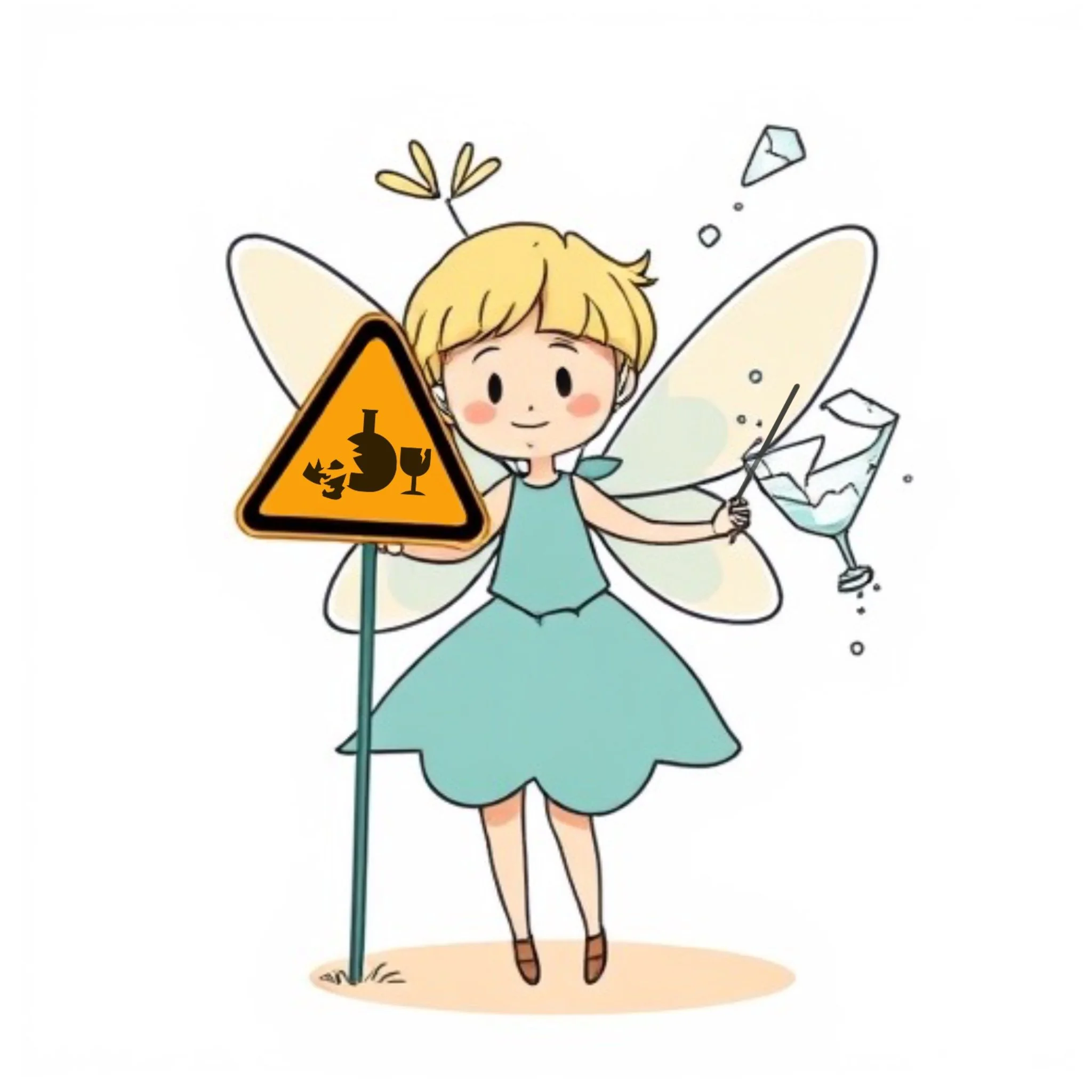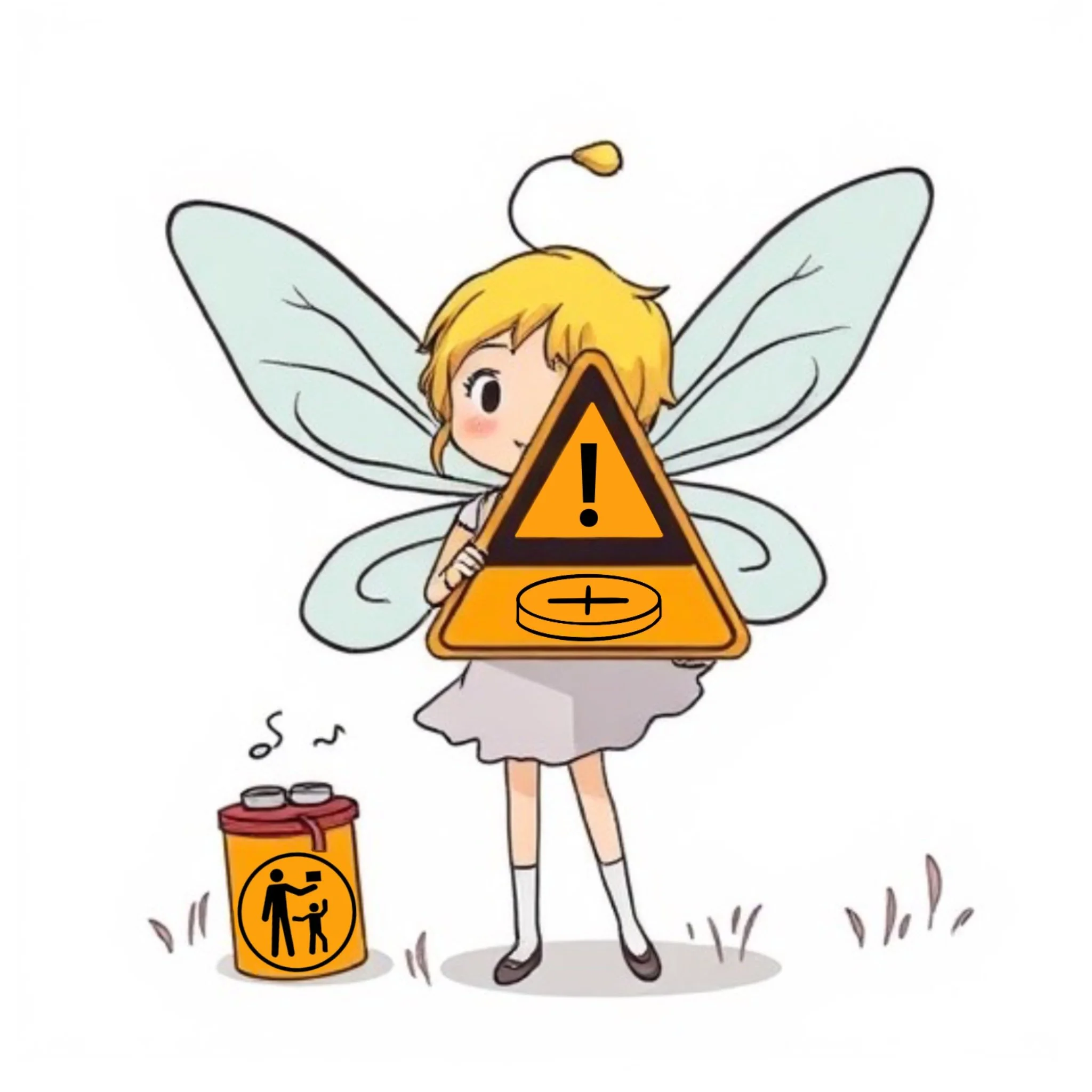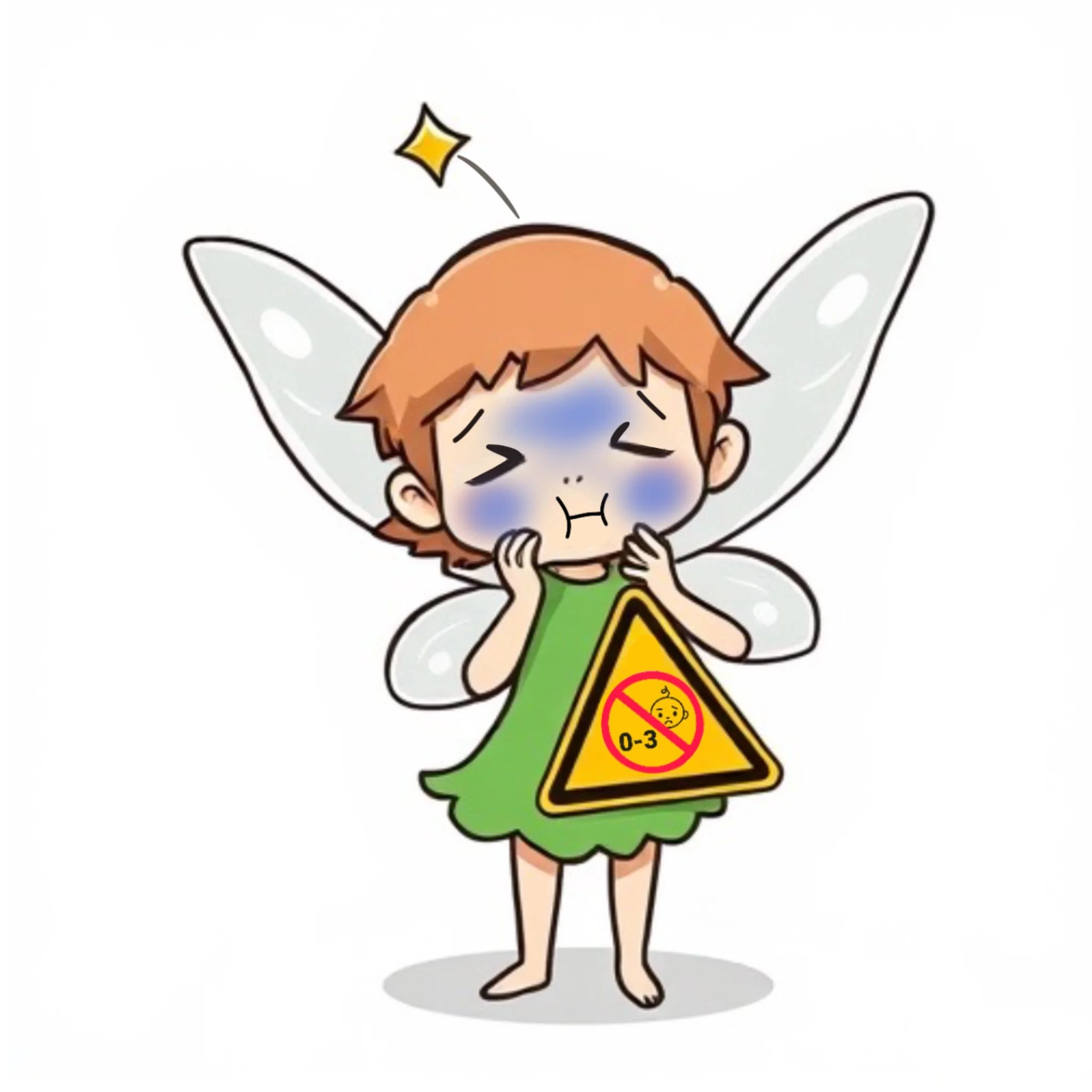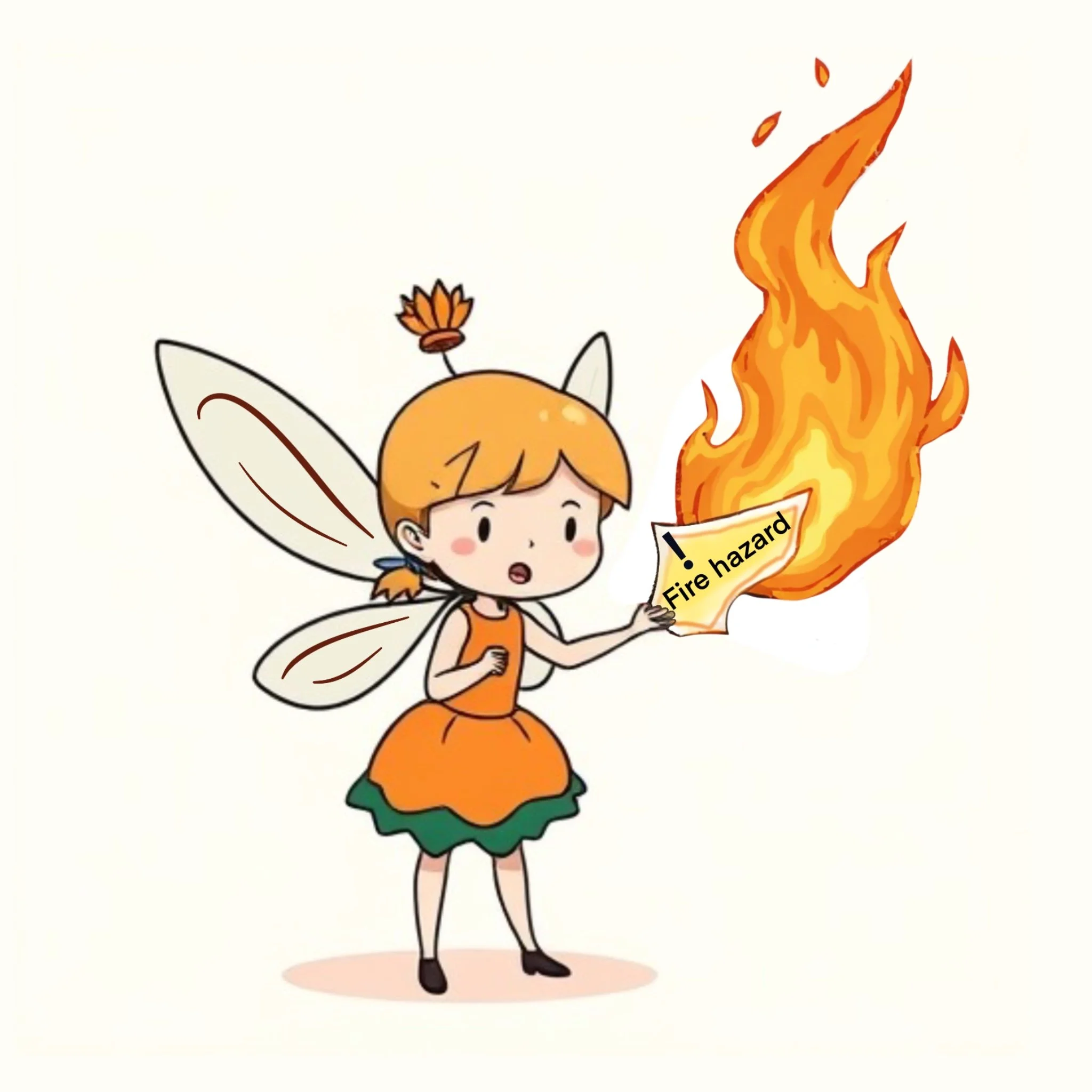What is the General Product Safety Regulation ?
The General Product Safety Regulation (GPSR) is a new key instrument in the EU product safety legal framework, replacing from 13 December 2024 the current General Product Safety Directive and the Food Imitating Product Directive . It modernises the EU general product safety framework and address the new challenges posed to product safety by the digitalisation of our economies.
The GPSR requires that all consumer products on the EU markets are safe and it establishes specific obligations for businesses to ensure it.
It applies to non-food products and to all sales channels. The GPSR provides a safety net for products or risks not regulated in other EU legislation. This safety net function means that EU consumers are always protected against dangerous products, be it now or in the future.
(Source: European Commission)
The risks of my products
Jewellery
Risks and potential Dangers
A. Physical Hazards
Sharp Edges or Points
Risk: Cuts or punctures, especially if the jewelry breaks.
Consequence: Minor to severe injuries.
Measures: Round off edges and ensure the product is robust to minimize the risk of breakage.
Risk Management:
All jewelry is designed to be highly durable, minimizing the likelihood of breakage. All pieces are thoroughly inspected for sharp edges and modified as necessary to ensure no sharp edges remain.
Choking Hazard from Small Parts
Risk: Small jewelry pieces or components may detach and be swallowed.
Consequence: Choking hazard, particularly for children.
Measures: Check and test the strength of connections.
Risk Management:
My jewelry is not suitable for children under 4 years old. For children under 10 years old, I recommend supervision. I test my jewelry connections by applying tensile force by hand and performing a drop test. If a piece does not pass these tests, it is not included in the collection.
B. Chemical Hazards
Harmful Substances
Risk: Exposure to heavy metals (e.g., nickel, cadmium, lead).
Consequence: Allergic reactions or long-term health issues.
Measures: Use safe materials.
Risk Management:
All metals used in our jewelry are sourced from a wholesalers. When offered a nickel, cadmium and lead free alternative, this material is chosen for the jewelry. Please contact me if you have special needs.
Allergies
Risk: Skin reactions caused by allergens such as nickel.
Consequence: Itching, rashes, or swelling.
Measures: Limit nickel release in accordance with EU Regulation 1907/2006.
Risk Management:
My jewelry contains little to no nickel. As noted above, all metals are sourced from a trusted wholesaler. I encourage customers with severe allergies to inform me of their needs.
Bell Jar Lights
Risks and Potential Hazards
A. Physical Hazards
Sharp or Rough Surfaces
Risk: Gemstones, skulls or branches with rough edges or flaws can cause cuts or scratches.
Consequence: Minor to moderate injuries.
Measures: Polish and smooth the surface to remove rough edges.
Risk Management:
The edges are thoroughly inspected and cut and polished to ensure they do not have sharp or rough surfaces.
Fragility of Glass
Risk: Bell jar may crack or shatter on impact, creating sharp splinters.
Consequence: Injury from shards or damage to property.
Measures: Add caution label to product and add padding while shipped
Risk Management:
The bell jar is a decorative piece, not an every day use-item. This should be treatet as such.
Swallowing Small Pieces
Risk: Loose mushroom caps or batteries could be swallowed.
Consequence: Choking hazard, especially for children.
Measures: Screw the battery lid shut and place all mushroom lamps under the glass.
Risk Management:
The Bell Jars are not recommended for children under 4 years old.
B. Chemical Hazards
Button Batteries
Risk: Internal chemical burns and severe bleeding after ingestion and a shocking hazard for small children.
Consequence: Damage being caused in as little as one to two hours.
Measures: Dispose of them as hazardous waste.
Risk Management:
Adding a warning sign on the battery, making the user aware of the presence of the button battery. They can be brought to a collection location or be sent to a recycling facility. Households can save them for their local household hazardous waste collection.
Flamable objects
Risk: Open fire.
Consequence: Burn wounds of various degrees, damage of propertie.
Measures: Keep away from open fire and heatsources.
Risk Management:
Bell Jars contain dried moss and branches and the base is made of wood, please keep away from open fires, heat sources and sigarettes.
Prints
Risks and potential Dangers
A. Physical Hazards
Sharp Edges or Points
Risk: Cuts.
Consequence: Minor to severe injuries.
Measures: Mechanically cut the prints, so the edges are smooth.
Risk Management:
Like all paper objects, my prints carry the risk of paper cuts. Handle with care to ensure both the print and your skin stay pristine.
B. Environmental Hazards
Harmful Substances
Risk: Deforestation, use of enormous amounts of energy and water, and contribution to air pollution and waste problems.
Consequence: Negative impact on environment.
Measures: Use recycled materials.
Risk Management:
My prints are made on 100% recycled materials, made by WeLoveRecycled. Their methods and philosophy are on their page.
C. Chemical Hazard
Flamable objects
Risk: Open fire.
Consequence: Burn wounds of various degrees, damage of propertie.
Measures: Keep away from open fire and heatsources.
Risk Management:
Please be carefull with placing paper prints near open fres, sigarettes or heatsources.
Wishes in a Bottle
Risks and Potential Hazards
A. Physical Hazards
Swallowing Small Pieces
Risk: Loose corck caps or intire bottle could be swallowed.
Consequence: Choking hazard, especially for children and pets.
Measures: Don’t let small children or pets near.
Risk Management:
Wishes are not recommended for children under 4 years old.
Fragility of Glass
Risk: Wishes may shatter on impact, creating a risk of cutting.
Consequence: Sharp glass splinters.
Measures: Don’t use in everyday life, this is a decorative item.
Risk Management:
Don’t keep wishes in your pocket, bag or other places with risk of breakage.
Refurbished art
Risks and Potential Hazards
A. Physical Hazards
Sharp Edges or Splinters
Risk: Using second-hand materials can result in sharp edges, splinters, or rough surfaces.
Consequence: Cuts or punctures upon contact.
Measures: Inspect materials beforehand and sand or smooth as needed.
Risk Management:
All second-hand materials are thoroughly inspected and treated to remove sharp or rough edges before use in refurbished art pieces.
Fragility
Risk: Materials may break or crack on impact, posing risks from sharp fragments.
Consequence: Injuries from splinters or damage to property.
Measures: Use durable materials and conduct impact resistance testing on finished art pieces.
Risk Management:
Art pieces are tested for stability and durability. Materials with structural weaknesses are not reused.
Improper Hanging or Placement
Risk: Art pieces may fall if not hung or placed properly.
Consequence: Injuries from falling objects or damage to property.
Measures: Provide clear hanging instructions and use suitable hanging materials.
Risk Management:
Each art piece comes with recommendations for safe hanging and a warning that it is not suitable for outdoor use.
B. Chemical Hazards
Toxic Substances in Old Materials
Risk: Second-hand materials may contain treated woods, paints, or coatings with harmful substances such as lead or formaldehyde.
Consequence: Exposure to toxic fumes or substances.
Measures: Carefully select materials and avoid using heavily treated or unknown materials.
Risk Management:
Only known and safe second-hand materials are used. Where possible, materials are tested for harmful substances.
C. Environmental Hazards
Unsustainable Waste Management
Risk: Using second-hand materials may result in improper disposal of rejected materials or finished art pieces.
Consequence: Negative environmental impact.
Measures: Promote recycling and sustainable handling of leftover materials.
Risk Management:
Waste materials are recycled or responsibly disposed of. Consumers are encouraged to recycle artwork that is no longer in use.
Source: Atelier Wolfstone
